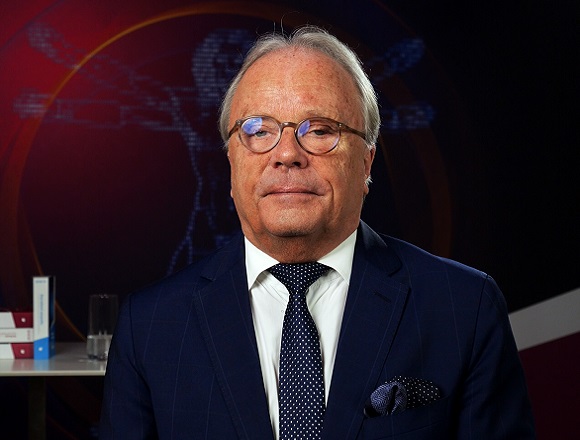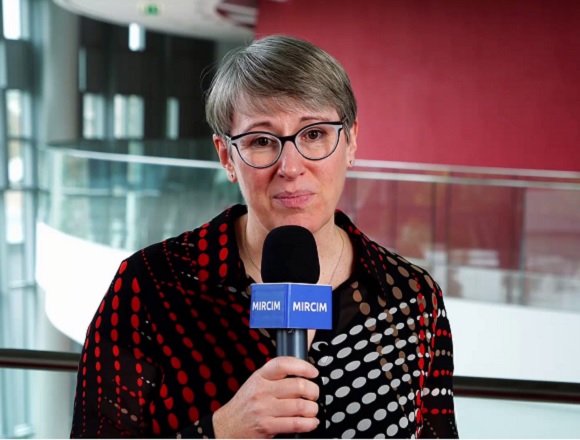Bernd W. Böttiger, MD, is a professor in the Department of Anesthesiology and Intensive Care Medicine at the University of Cologne, Germany.
What has changed in cardiopulmonary resuscitation (CPR) according to the latest guidelines?
Thank you very much for this question. The most important new information in the latest guidelines of the European Resuscitation Council, published in 2021, is the chapter “Systems Saving Lives.” So, it’s much more important to do something in the out-of-hospital setting and in the hospital than whether you are using drugs or something like this.
The most important things for survival are immediate and early start of lay resuscitation. That is the number one point in “Systems Saving Lives.”
Number two point in “Systems Saving Lives” is the first responder system. So, first responders—laypersons or professionals out of duty that are alarmed by the cell phone and reach the victim in 50% [of cases] earlier than the professional emergency medical service system. They can therefore start CPR earlier, which is most important for survival of the brain.
Number three is telephone CPR or video-assisted CPR. Number four is good advanced life support (ALS). And number five is cardiac arrest centers. Cardiac arrest centers are associated with a doubling in survival, so don’t go to the next hospital, but go to the next hospital with 24-hour and 7-day availability of percutaneous coronary intervention (PCI) facilities.
And the most important thing in my eyes is educating schoolchildren in CPR, because this is all along associated with a threefold increase in survival. This is much better than anything else.
And besides that, in the guidelines we have said that lidocaine is equal to amiodarone when you have persistent ventricular fibrillation during ongoing CPR. This is new in the new guidelines.
And another thing, which is new, is that we also recommend, in specific circumstances, the use of extracorporeal CPR or extracorporeal membrane oxygenation (ECMO) after unsuccessful initial conventional CPR procedures.
 English
English
 Español
Español
 українська
українська







